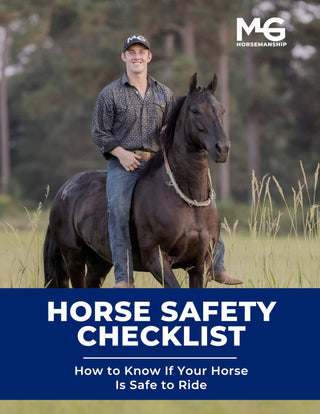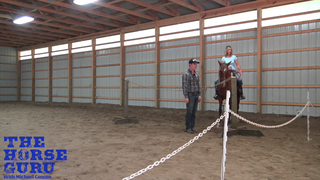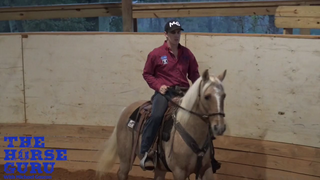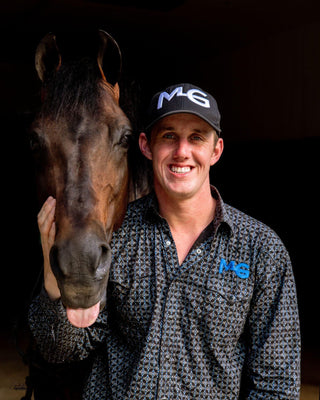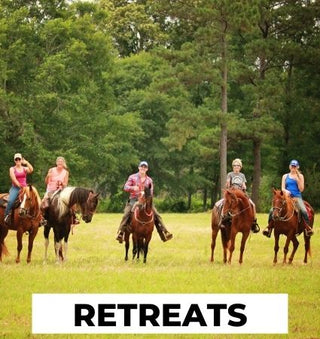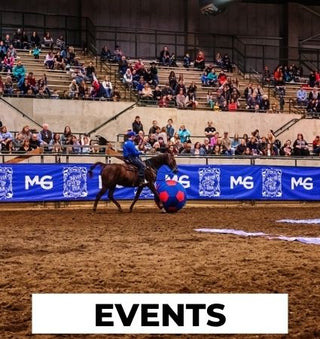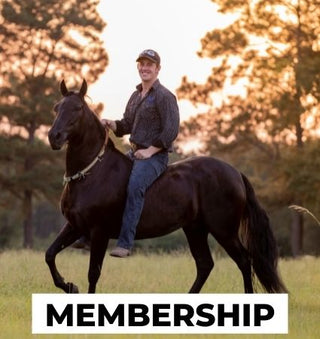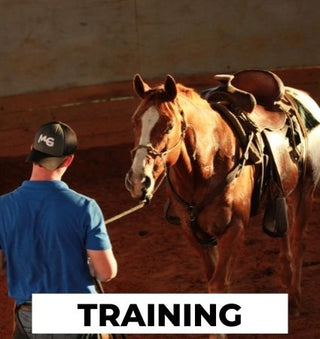Watch the Video Here or continue reading below!
When you're hauling horses, knowing how and where to tie them to your trailer can mean the difference between safety and disaster. In this post, we’ll walk through smart techniques and tips for tying a horse to the outside of a trailer, using real-life examples from a Rocky Mountain training horse.
Why You Shouldn't Tie Just Anywhere
First and foremost: don’t tie your horse to the trailer unless they already know how to tie. If your horse has a habit of sitting back or pulling, tying them to your expensive trailer can end in a bent fender or worse. Instead, start by teaching your horse to tie reliably—ideally to something immovable, like a solid tree or a concrete post—before trusting them near your rig.
Pro Tip: Never use your trailer as the training ground for a horse that pulls back. Protect your trailer and your horse’s safety by building tying skills beforehand.
Choosing the Best Tie Spot on Your Trailer
If your horse ties well and calmly, you can then pick a safe spot on your trailer. On a stock trailer, there are multiple places to tie, but here are a few rules of thumb:
-
Avoid tying near tires or rims, where horses can get injured.
-
Avoid corners of the trailer, which limit visibility and can create a spook zone.
-
Pick a tie point between the wheelbase and the gooseneck—a stable area that keeps your horse secure but out of trouble.
How to Tie: The “Easy-Out” Knot Method
A quick-release or “easy-out” knot is ideal for horses that tie well. Here's how it works:
-
Reach through the “rabbit ears” of your rope.
-
Pull it once through and around under the line.
-
Pull it again over the top.
-
The release point stays close to you, which is crucial if the horse gets in trouble.
This method allows you to release your horse quickly in case of emergency while still keeping them safely secured when calm.
Remember: Quick-release knots are perfect for horses that tie reliably and don’t fiddle with their lead ropes.
When Your Horse Unties Himself: Use the Bowline Knot
If your horse is a clever escape artist—like “Fandango,” who knows how to untie quick-release knots—consider using a bowline knot. This ancient maritime knot is:
-
Extremely secure
-
Not a quick-release (intentionally)
-
Designed to stay tied until you take it apart
To tie a bowline:
-
Feed the lead rope through the tie ring.
-
Create a loop under the horse’s line.
-
Thread the tail of the rope through the loop, behind the horse’s line, and back into the loop.
-
Tighten it snugly.
This is a go-to knot when you need to leave your horse tied safely for an extended period and don’t want them untying themselves.
Best Practices for Trailer Tying
Here are some trailer-tying guidelines to ensure safety and success:
-
Always tie above the withers to reduce risk of entanglement.
-
Leave limited slack in the rope—just enough for comfort but not enough for legs to get over.
-
Never tie to parts of the trailer that flex or move, such as aluminum panels or fenders.
-
Supervise or check often, especially if you’re at a horse show or roping event.
When and Why to Tie at Shows or Events
If you're at a competition or clinic, tying one horse while working another is a common necessity. A properly tied horse will stay secure and calm, allowing you to focus without worry.
Using the techniques above, you can confidently leave your horse tied to your trailer while you're away—whether you're in the arena or back at the barn.
Final Thoughts
Learning how to tie a horse to the outside of a trailer is a simple but essential part of advanced horsemanship and horse safety. Whether you're working with a quiet, seasoned horse or a sneaky untier like Fandango, choosing the right spot and the right knot makes all the difference.



